Our Campaigns
This area is dedicated to our campaigns, past and present. Here, you’ll find information on everything from our involvement to the history of the places we’re trying to help.
TAP in Tulsa
On June 2nd, 2021, we launched a campaign to bring attention to a resolution for a commission proposed by the Tulsa Oklahoma City Council. The commission would study the harms committed against Black Tulsa residents, while working towards achieving reparations to heal the community.
Our Change.Org petition received 10,576 signatures, we sent hundreds of emails, and a council that was 5-4 opposed to the resolution ended up passing it unanimously.
While it is certainly a victory and a step forward, the resolution isn’t entirely comprehensive, and we remain on the ground bringing awareness to Black Tulsans.
Tulsa
The History of Black Wall Street
African-Americans were brought to Oklahoma in the mid-19th century as slaves of the Five Tribes of Oklahoma. Following their emancipation, many Black people moved to Tulsa, settling into the Greenwood neighborhood. The creation of Black Wall Street was led by O.W. Gurley, who purchased 40 acres of land which he only sold back to Black people. Gurley wanted to provide opportunities to black people who were migrating “from the harsh oppression of Mississippi.” Gurley also gave loans to help other Black people start their own businesses.
With these loans, the community saw massive success. Following Gurley's lead, J. B. Stradford opened the 55-room luxury hotel which became the largest Black-owned hotel in the country. He believed that Black people had a better chance if they just pool their resources together. A.J. Smitherman, publisher of the Tulsa Star, established the district’s socially conscious mindset. The Star kept residents updated on the policies that were helpful and harmful to their community. Within Greenwood, the average dollar would change hands 19 times before it left the community.
Black Wall Street's success was unique. Due to segregationist policies, Black communities and establishments often struggled to rival the success of similar white businesses or neighborhoods. In the words of author Hannibal Johnson, “It was an economy born of necessity. It wouldn’t have existed had it not been for Jim Crow segregation and the inability of Black folks to participate to a substantial degree in the larger white-dominated economy.”
So What Happened?
On May 30, 1921, Dick Rowland, a Black teenage shoe shiner from Greenwood, was arrested for allegedly assaulting a white woman named Sarah Page. Courts later deemed Rowland not guilty. He either tripped in the elevator or bumped into Page, whose scream prompted the white store clerk to report the incident as “assault.”
The Tulsa Tribune printed an article calling for the lynching of Dick Rowland while he was being held in a cell where the sheriff had previously allowed a lynch mob to kidnap another Black man. Upon hearing the news, a group of Black WW1 veterans from Greenwood, came armed to protect Rowland from the steadily growing lynch mob outside the jail. the sheriff turned them away but the group of 75 men later returned when the lynch mob had swelled to over 2,000. The first shots were fired when a member of the mob attempted to forcibly disarm a Black veteran.
The next day, a mob of white men and boys, many deputized by the police, alongside members of the national guard, rushed into Greenwood, shooting Black people on sight and looting and burning homes and businesses. As many as 13 planes flew overhead, dropping bombs and shooting from the sky.
The mob destroyed 35 square blocks -- 1,200 homes, 60 businesses, a school, a hospital, a library, and a dozen churches burned to the ground. Over 800 people were admitted to the hospital. While the mob stopped firefighters from fighting the flames, the National Guard arrested fleeing Black people. There were reports of white women bringing their children to watch Black residents forced to flee their homes.
In the aftermath, the KKK used the massacre as a recruiting tool, sending postcards of the massacre all over the country. In the months following the massacre, Tulsa's KKK grew to be one of the largest chapters in the USA.
How Have I Never Heard of This?
City officials cleansed all evidence from records, including the Tribune article saying “the old N*****town must never be allowed in Tulsa again.” Not long after May 31st, the Tulsa Police Chief banned photos from being taken of the carnage as “a precaution against the influx here of Negros and other critics seeking propaganda for their organizations.” These records were so effectively erased that when Nancy Feldman started teaching her students at the University of Tulsa about the massacre in the 1940s, they didn’t believe her.
Some estimates put Black deaths at over 300 but it is impossible to know for certain because, as part of the local cover-up of the massacre, the sheriff banned funerals from taking place. Multiple sources saw large trucks carrying Black bodies out of town. investigation into these mass graves is currently ongoing.







